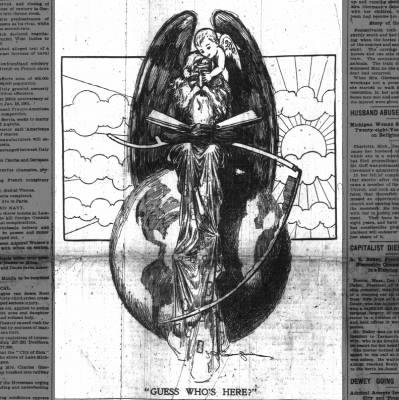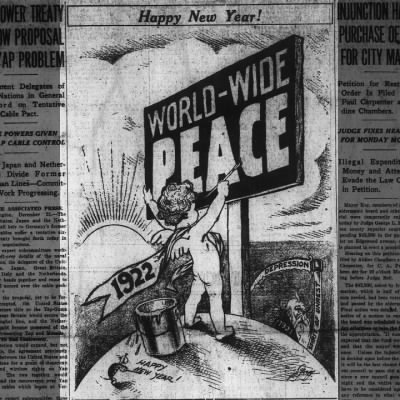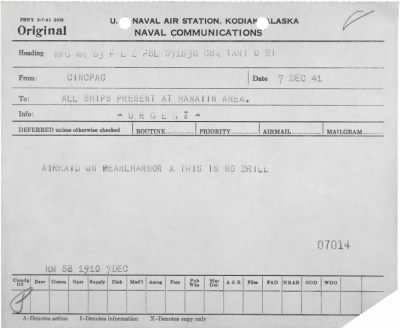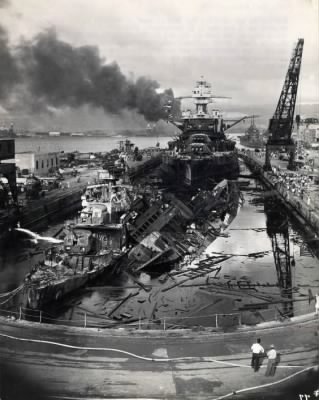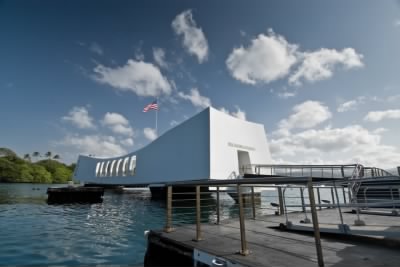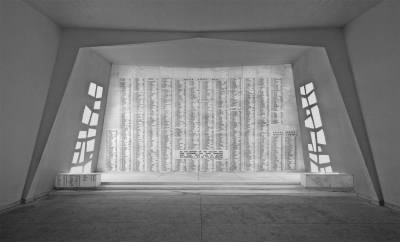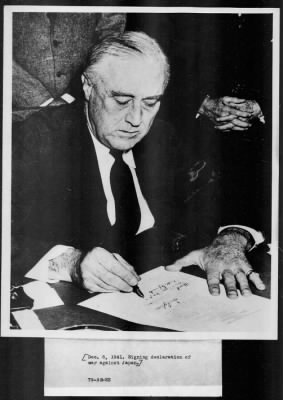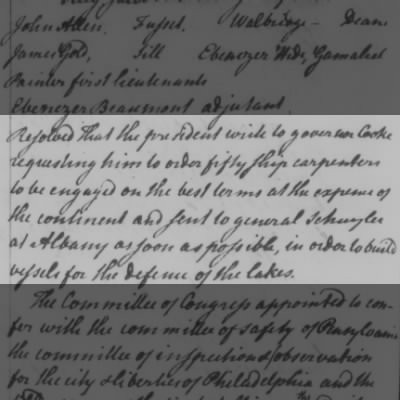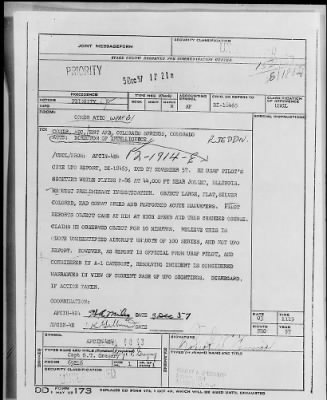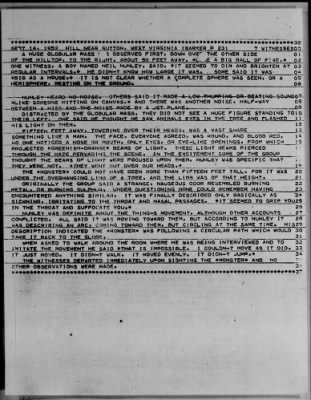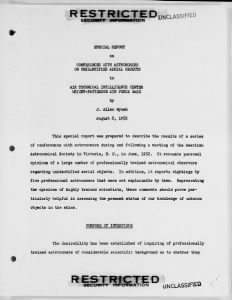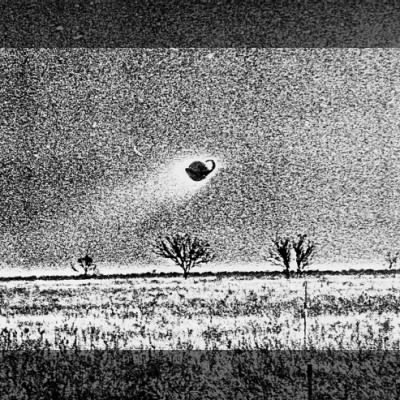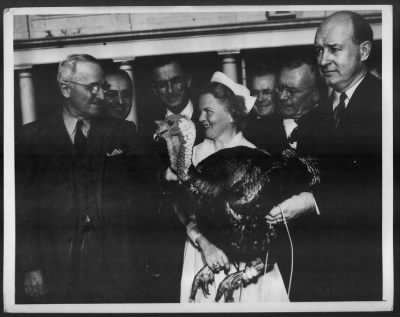And then I came across this very odd image from the San Francisco Chronicle of 1 January 1920
I'm not sure who these people are, but they seem happy about starting the 20s.
It was interesting to see the juxtaposition of the Happy New Year messages with the sensational and generally negative headlines on the front pages.
Most of the papers gathered stories of tragedy, murder and death from around the country to spice up the front page, which probably worked on most days, but seem a little out of place on a page with Happy New Year emblazoned across the top of it.
That 1920 San Francisco Chronicle is a good example. Headlines sharing the front page with the strange New Year's revelers include:
- "35 Poison 'Rum' Cases Bared by S.F. Officials"
- "Hunter Drowned, Companion Near Death as Result of Boat Mishap"
- "Poison Whisky Factory Found, Officers Say"
- "Woman Plunges Knife to Hilt in Man Refusing to Clear Her Name"
- "Shots Fired at Police Captain"
- "U.S. Building is Set on Fire"
- "Four Scalded to Death in Steamer Explosion"
- "3 Motorists Hurt in Jitney Collision"
- "Four Women Shot by Baltimore Celebrants"

